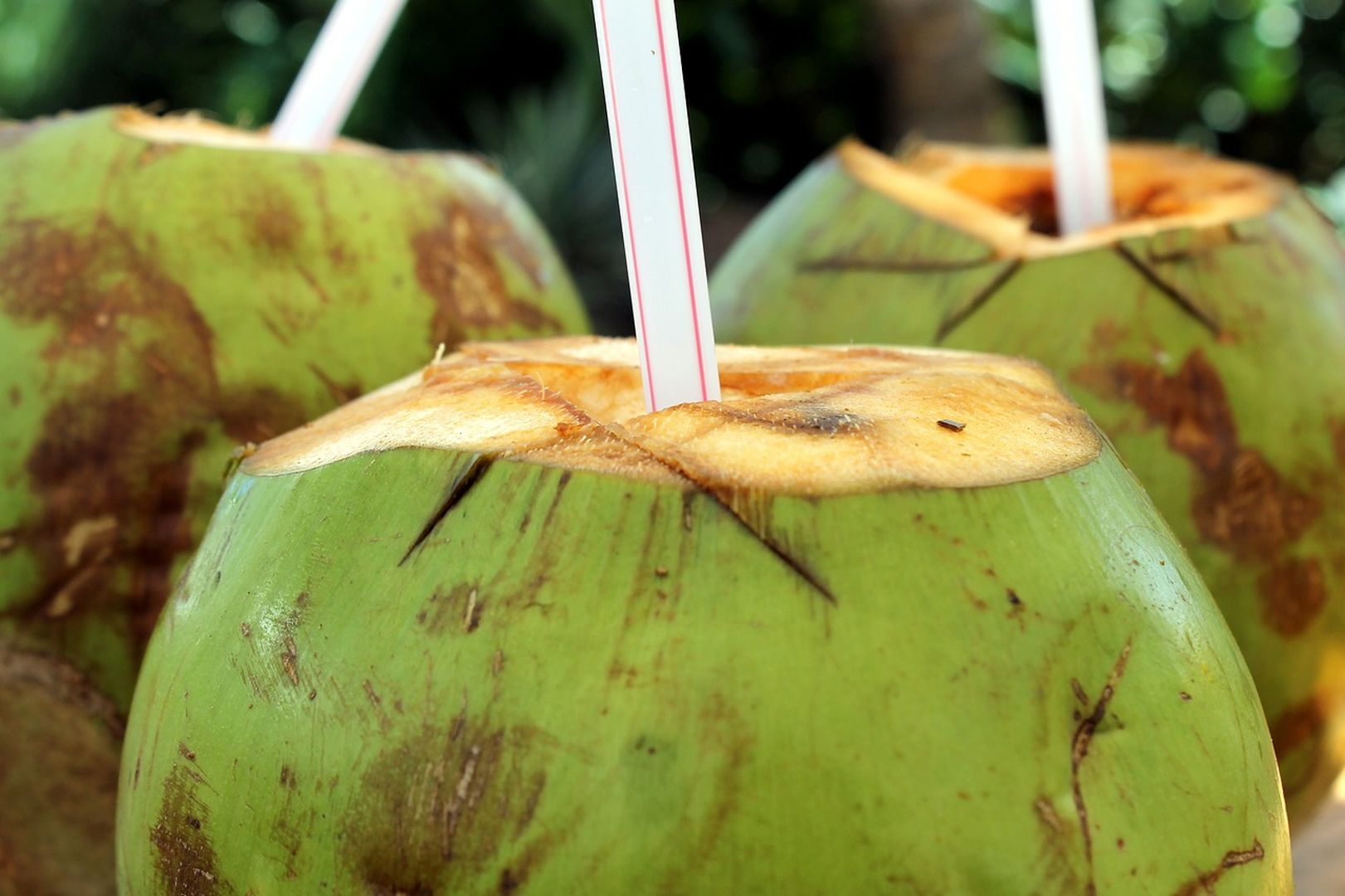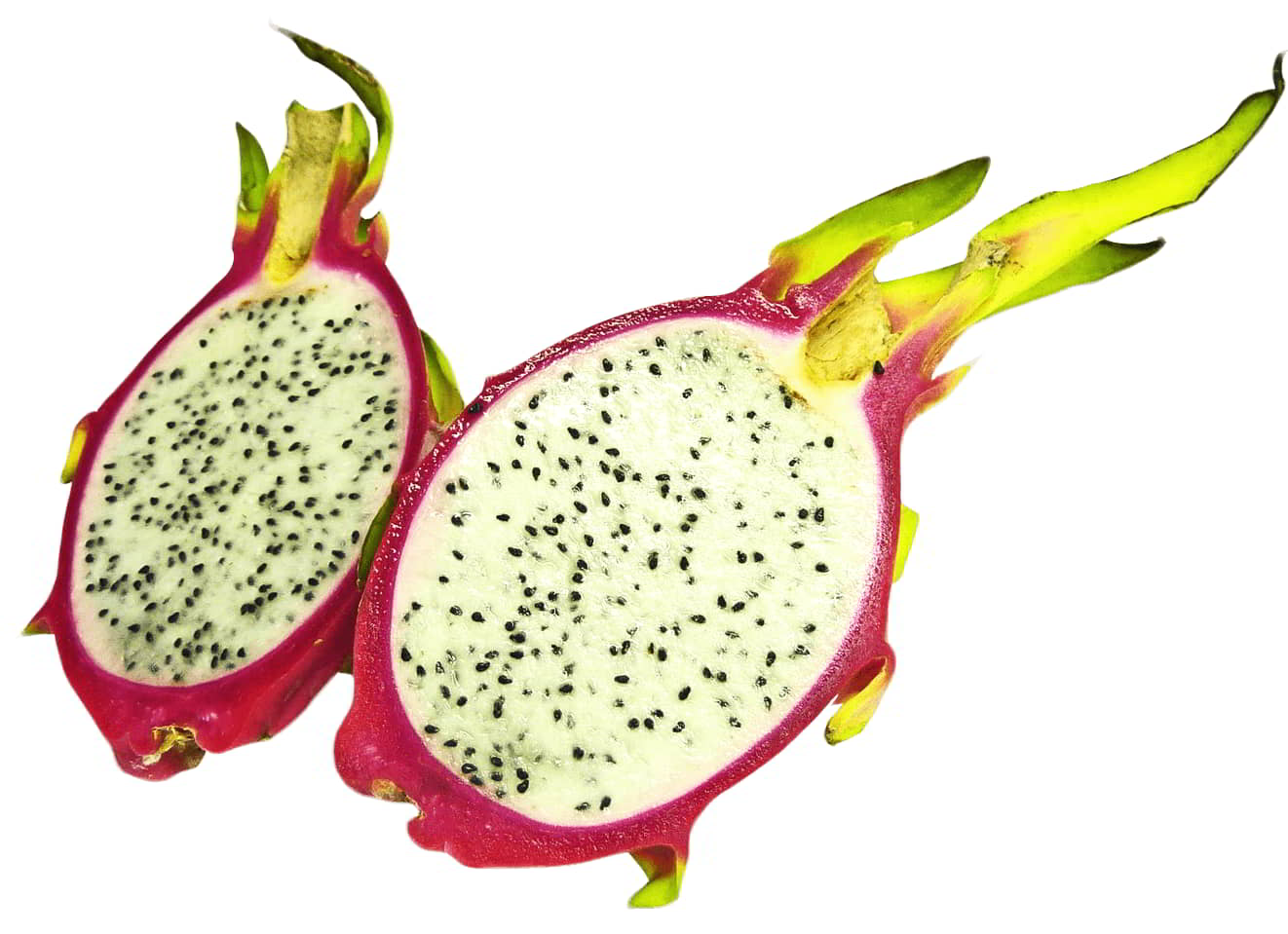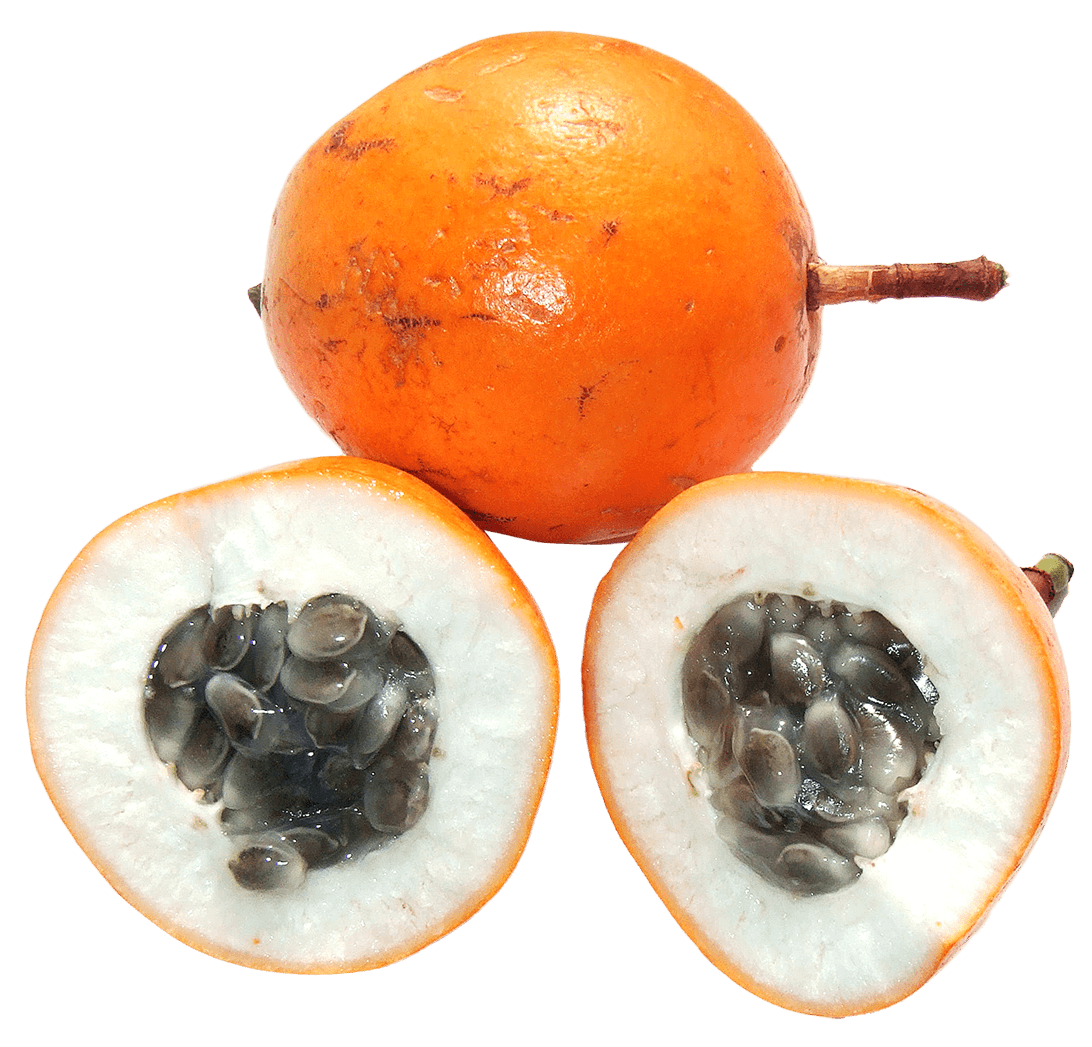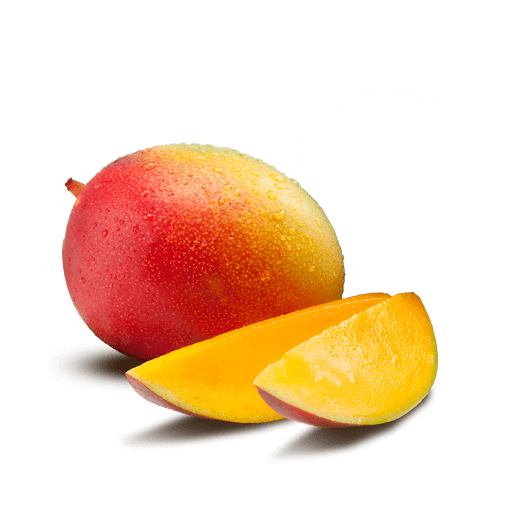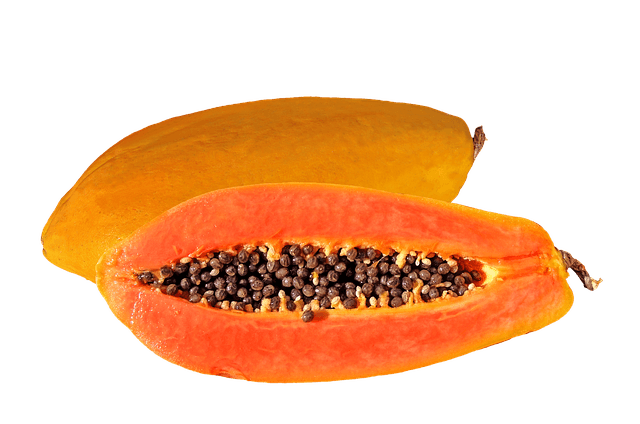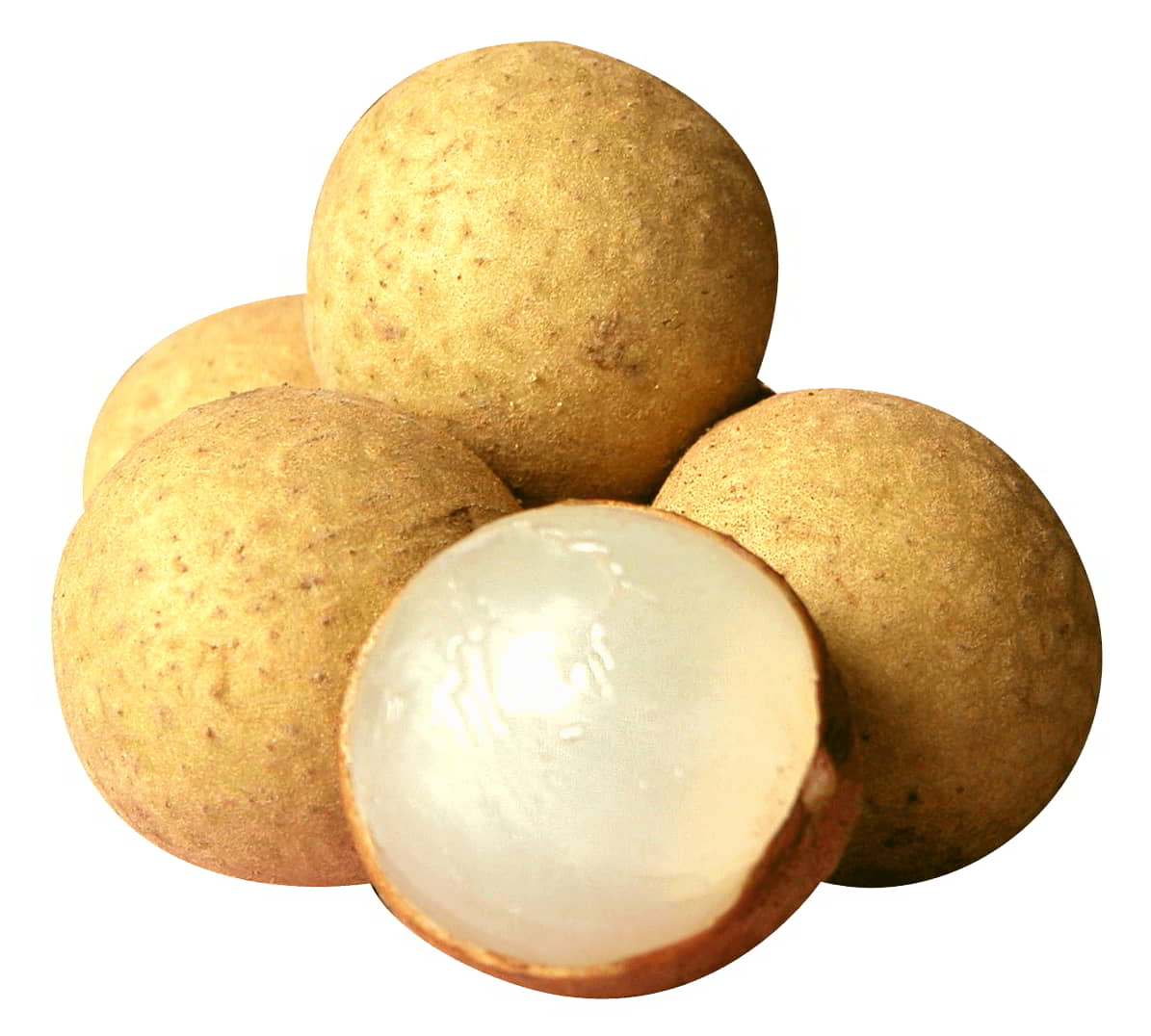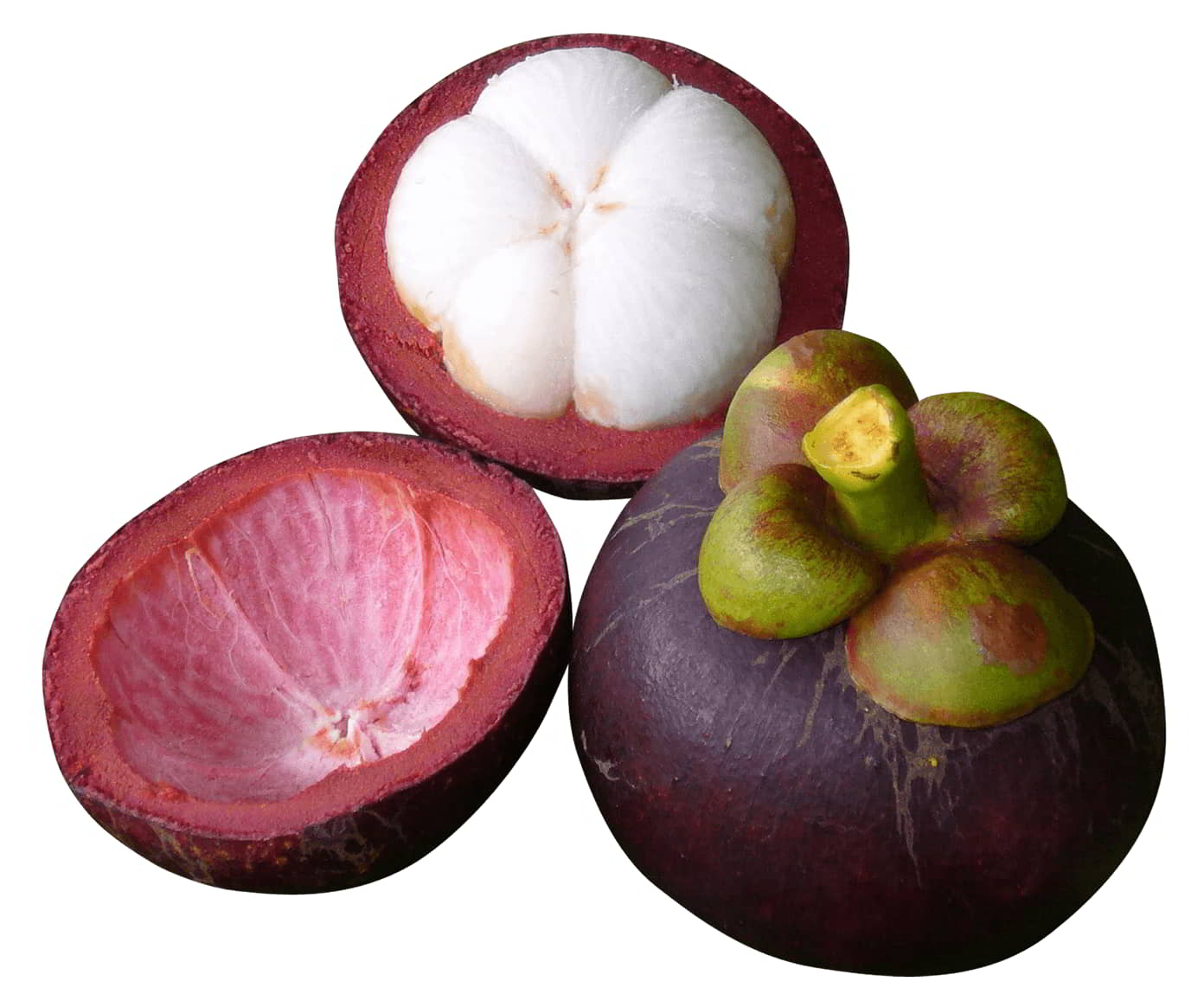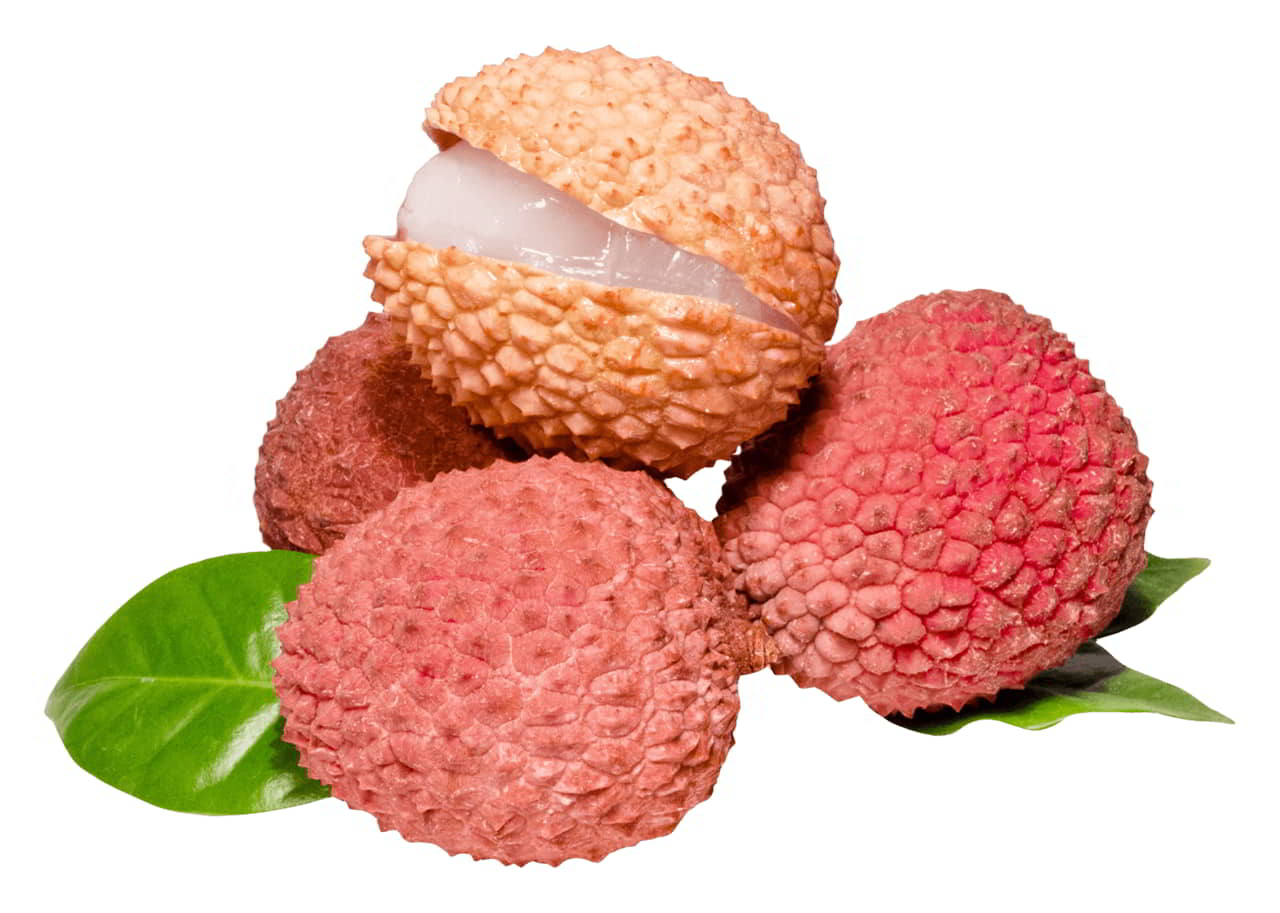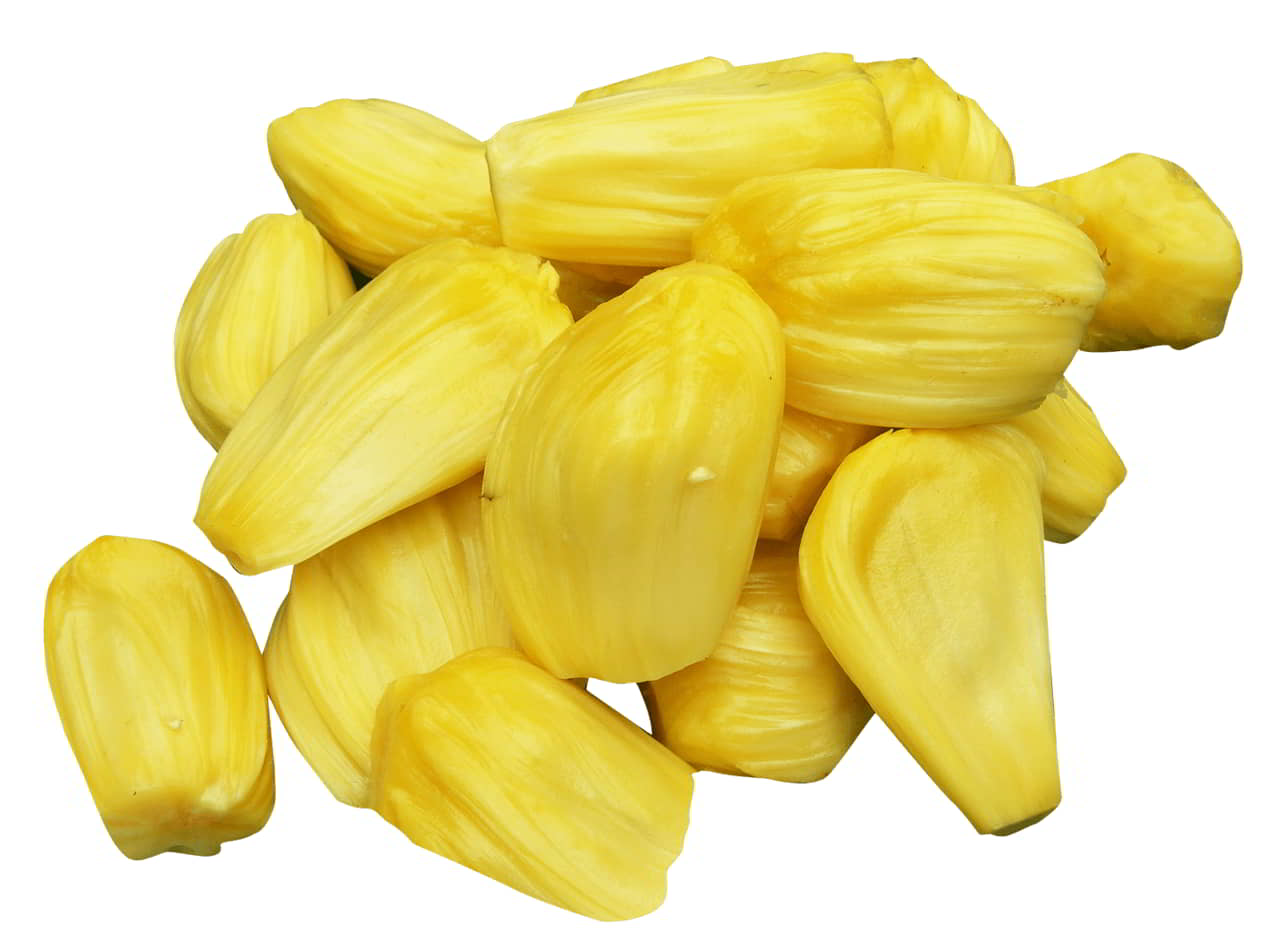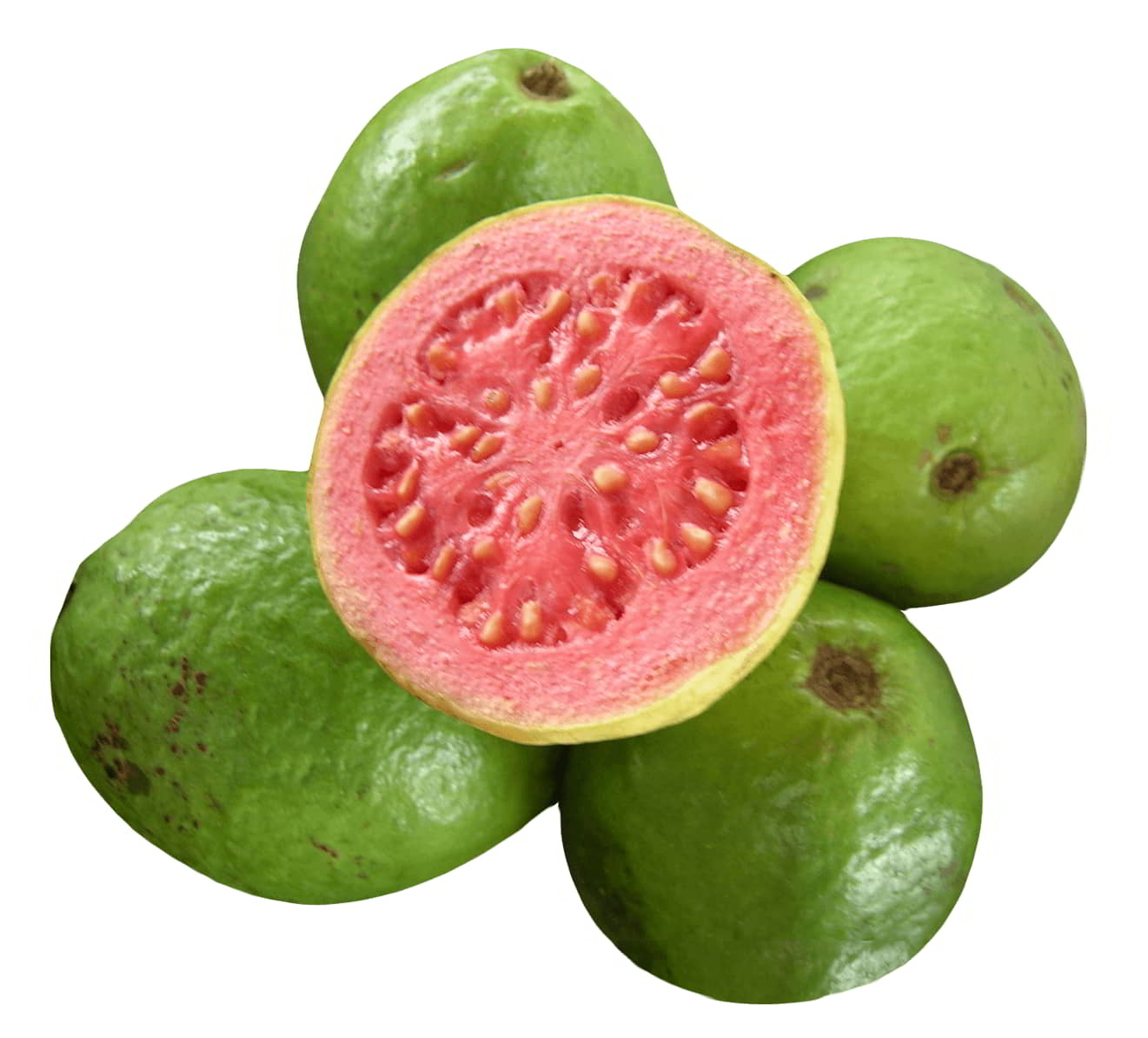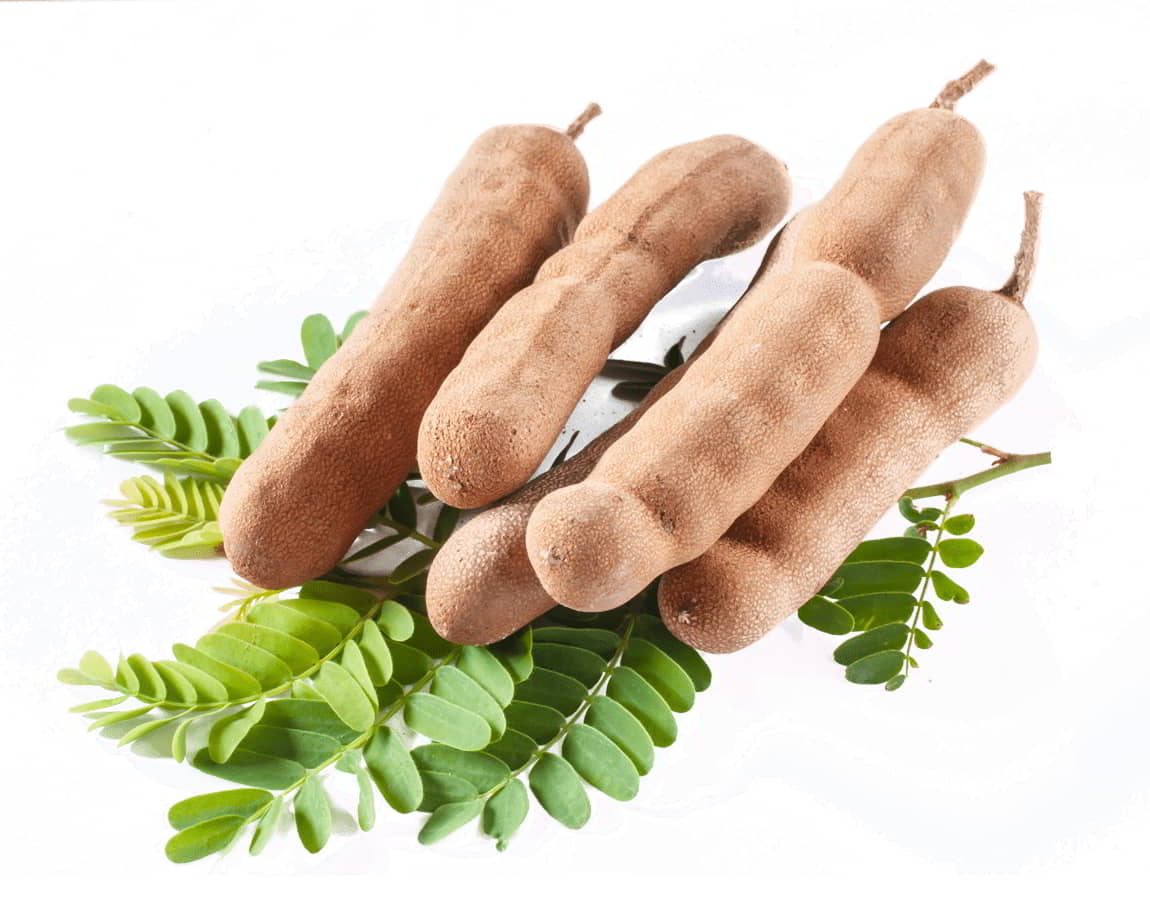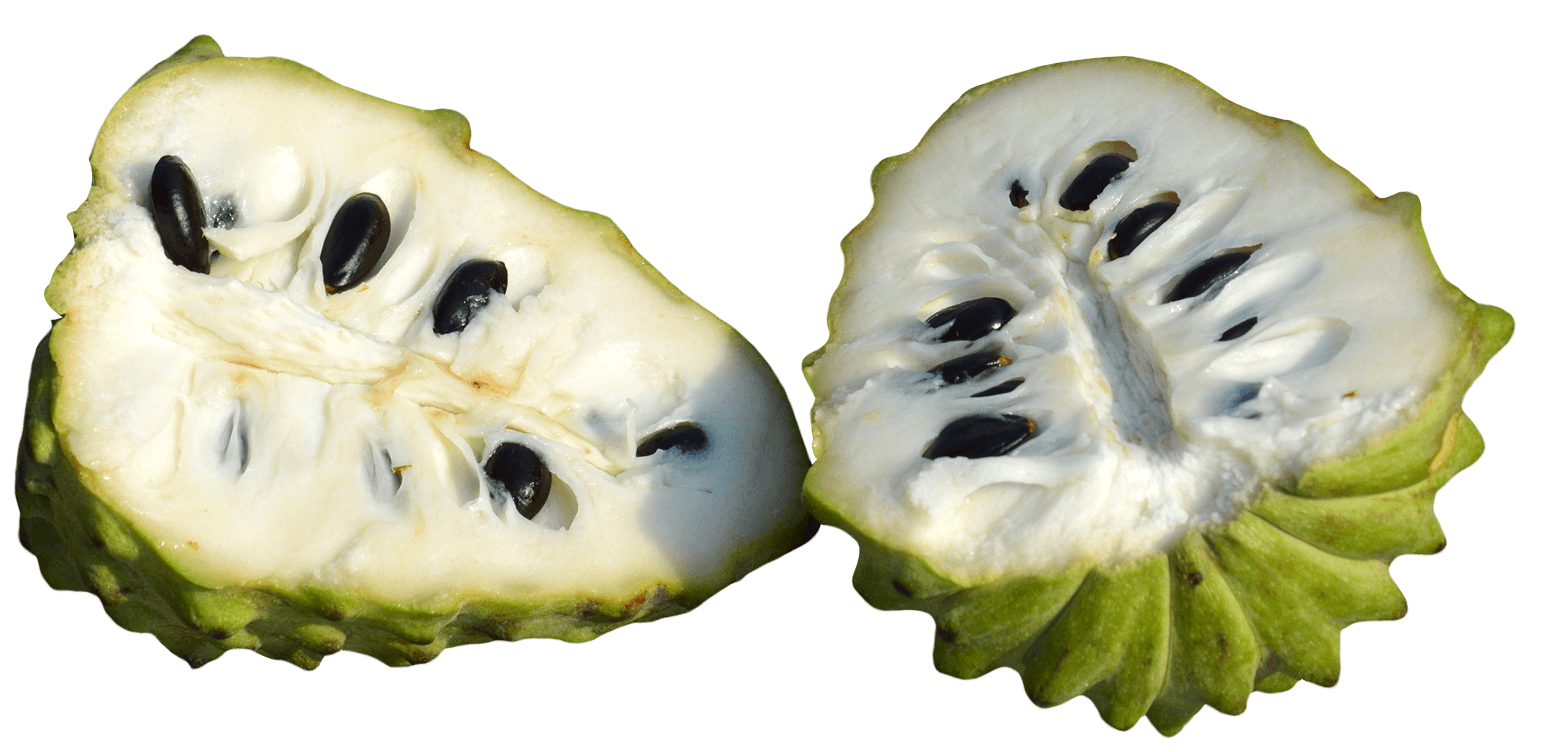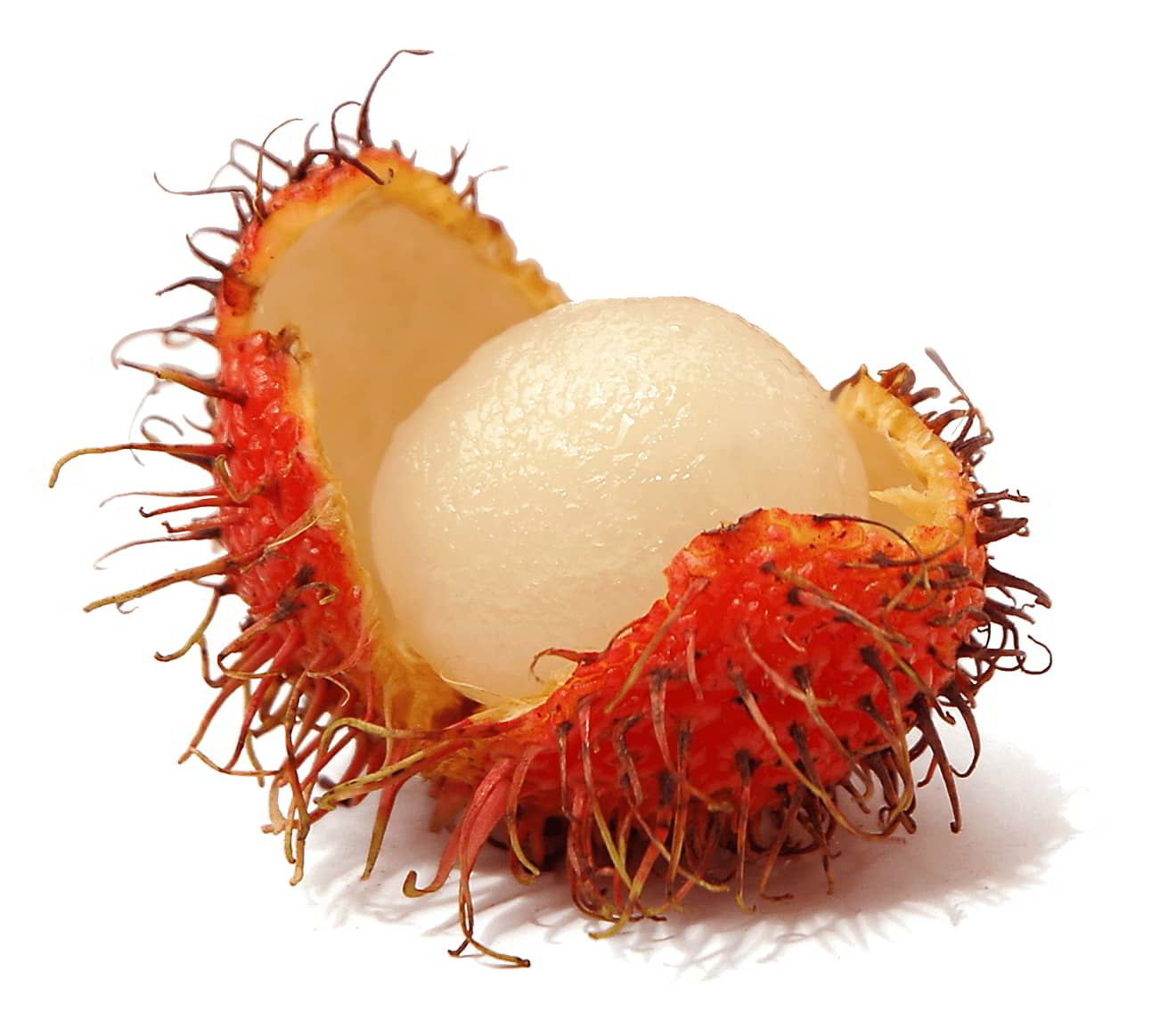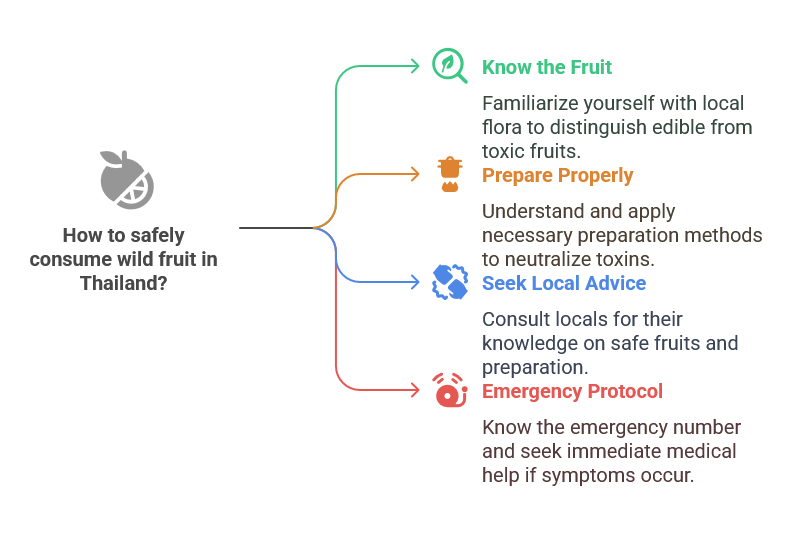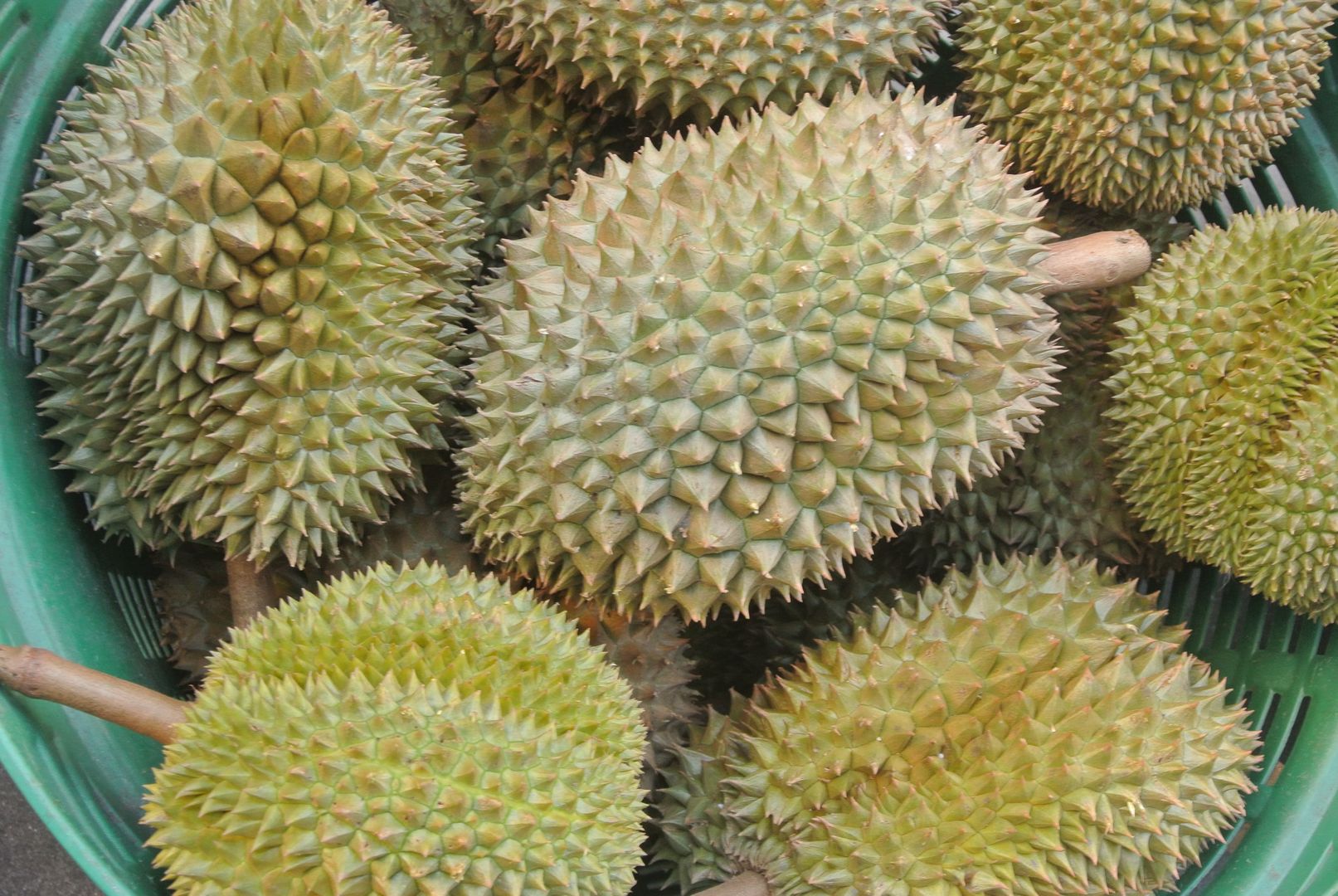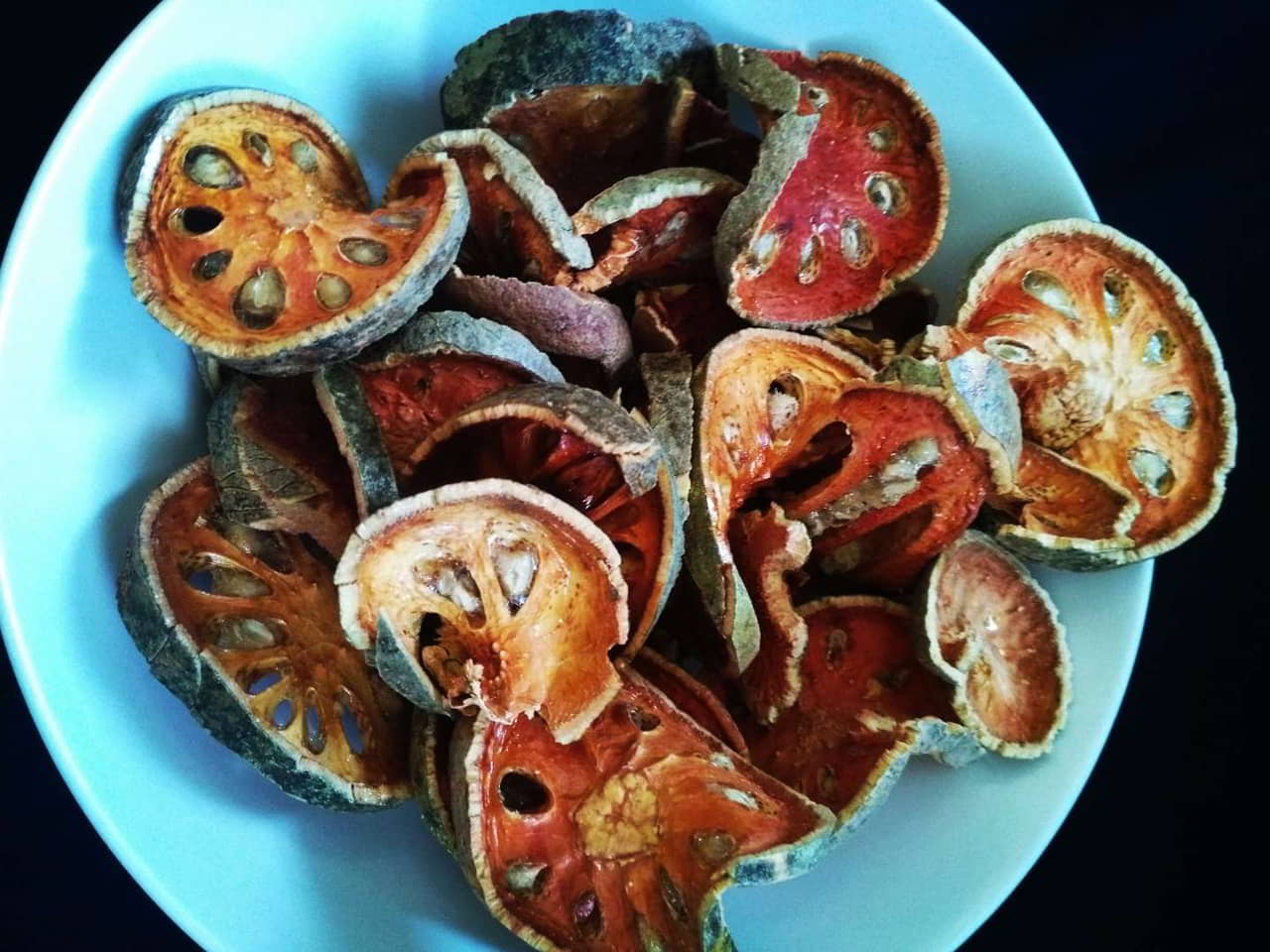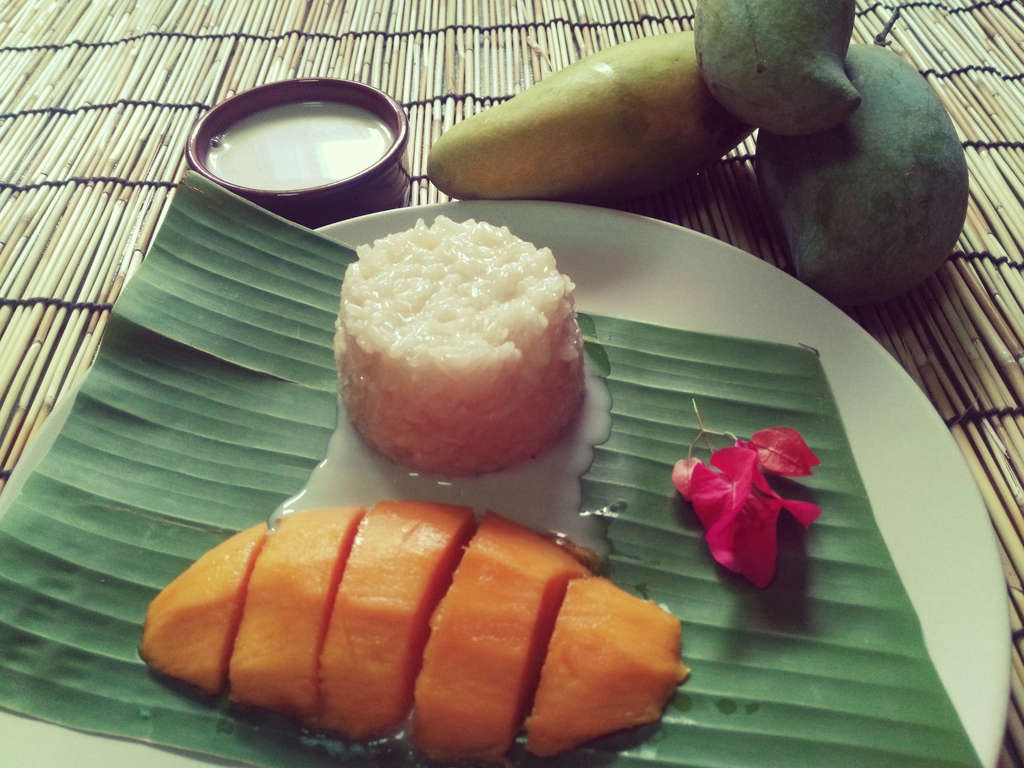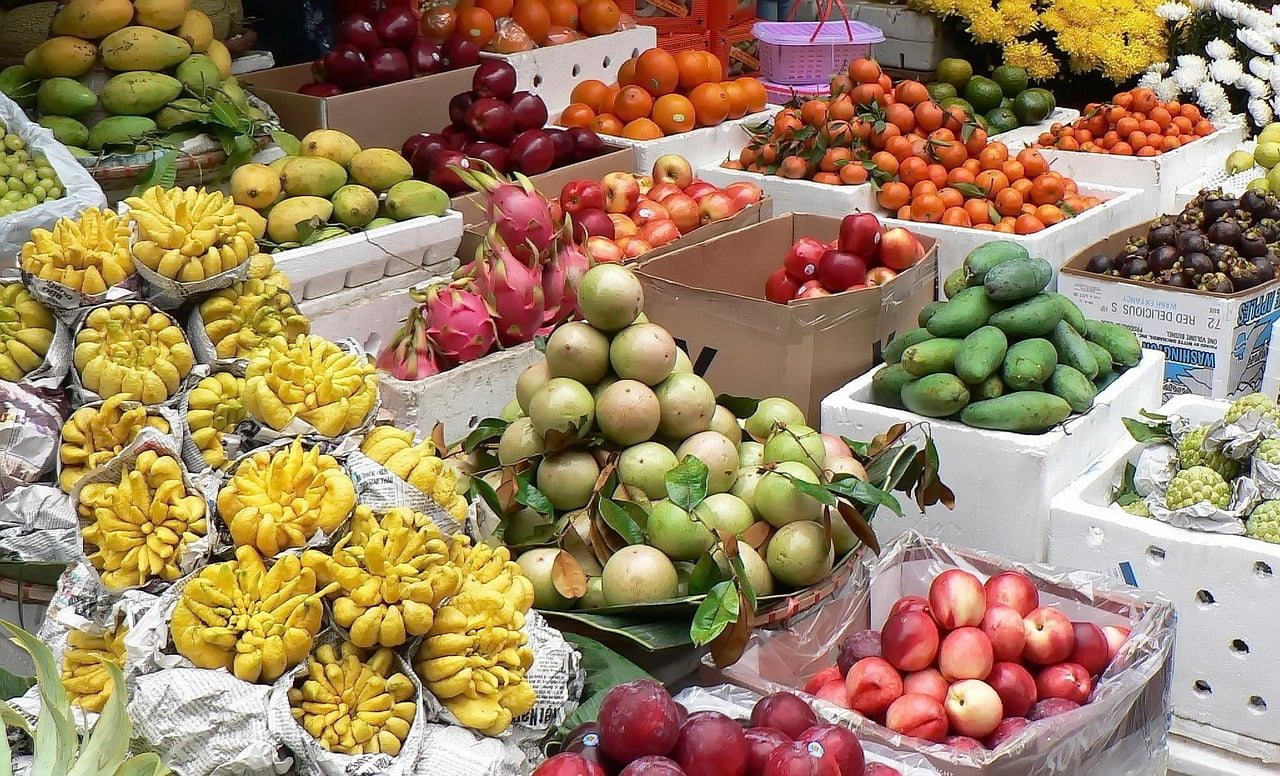
15 Exotic Thai Fruits to Try (with Photos & Seasonal Guide)
Thailand is a paradise for tropical fruit lovers. Discover 15+ unique Thai fruits with photos, flavors, and tips to enjoy them in season.
Why try Thai fruit?
Thailand, rich in biodiversity, offers a variety of tropical fruits with unique flavours. Whether you’re a fan of sweet treats or tangy flavours, these fruits will tantalise your taste buds.
Thai fruit: Coconut - Ma-prao
Coconut is a common ingredient in many Thai dishes, both savory, such as Kaeng Phed Kai, and sweet, like the famous Kanom Krok. Refreshing and thirst-quenching, you can drink its “milk” directly or use its flesh to make shakes. In addition to its culinary uses, coconut is also widely used in cosmetics. It is one of the most cultivated fruits in the world, and Thailand is the 4th largest exporter in Asia.
A fruit unique in Asia: the Dragon Fruit - Gao Mung Gorn
Whether with white or red flesh dotted with small seeds, dragon fruit has a unique taste that ranges from the acidity of kiwi to the earthy flavor of ripe fruit. Originally from the Mekong Delta, this fruit is gaining popularity and can now be found in new and innovative forms, such as chips for appetizers! Although its flavor is rather light, dragon fruit is definitely worth discovering. Its texture is similar to that of kiwi but less juicy
From acid to sweet: passion fruit - Sawaros
While passion fruit is not native to Thailand, it is becoming increasingly popular and can now be found on many shelves throughout the region. Best enjoyed when fully ripe, it strikes the perfect balance between sweetness and acidity. Passion fruit is commonly consumed fresh, as well as in jams and especially in shakes. Combining it with mango creates a must-try drink that’s perfect for a quick break
The iconic Thai fruit: Mango - Ma Mouang
Mango is extremely popular in Thailand and can be eaten either green (with a little spicy sweetness) or ripe. Thais generally prefer the green, crunchier and stronger version. Mango is one of the three essential ingredients in the fantastic Khao Niao Magmuang dessert, more commonly known as mango and coconut milk sticky rice. The peak mango season in Thailand is from January to May.
Thai fruits: Papaya - Malako
Papaya is extremely popular in Thailand and comes in several varieties. It can be eaten ripe or green, as in the famous green papaya salad, Som Tam. The flesh of ripe papaya is stringy and has a slightly sweet taste. While not very fragrant on its own, papaya seeds can be added to shakes to enhance the fruit’s natural acidity and give it a stronger, almost peppery character.
A popular fruit in Asia: Longan - Lam- Yai
Longan is often mistaken for lychee, but in fact, it has a different taste. More fragrant and sweeter, it is typically eaten fresh. After peeling the fruit, white flesh is revealed, hiding a large seed at its core. Longan is also used to flavor certain rice spirits and is sold in bunches
The unique taste of Mangosteen - Mang-Kut
When ripe, the Mangosteen has a thick, purplish-black inedible skin with a circumference of about 18 cm. The white fleshy segments inside, resembling mandarin segments or arils, contain two to three seeds. Though the taste of the tangy fruit attracts many, the texture of fully ripe mangosteen may bother some.
Thai fruits: Lychee - Linjee
Lychee is often associated with the end of year celebrations in Europe - a winter fruit. But in Thailand, it is the opposite, as it is a fruit that heralds the beginning of the dry season. It was introduced to Thailand by the Chinese community. Very rich in vitamin C, its flesh is slightly perfumed. At the heart of the fruit is a seed that should not be eaten because of its toxicity.
A very large fruit: Jackfruit - Khanoon
The jackfruit is often confused with the durian. Although their color is similar, the comparison ends there. The fruit can weigh up to 40 kg. It is the largest edible fruit in the world. Its yellow flesh is very fibrous, its fragrance is quite strong depending on its maturity. However, its taste is quite neutral, very slightly sweet, and it is mostly eaten fresh. Note: the jackfruit is one of the trees that produce latex.
A fruit rich in vitamins: Guava - Farang
Very present in the markets, the guava is especially appreciated when it is cut into quarters and sprinkled with chilli sweetener. It is a very popular fruit that is eaten mainly during the day. It is a perfect addition to jams, as it is very rich in pectin. Its vitamin C content is higher than that of citrus fruits.
Fruit for cooking: Tamarind - Makham - a Thai fruit
The tamarind pod is light brown and 7 to 10 cm long. Inside, a red flesh surrounds 3 to 4 seeds. The taste is quite tangy and very sweet. Tamarind is very much a part of Thai cuisine. It is used in many curries and sauces that are quite spicy. It also flavours desserts and sweets. Note: The leaves of the tamarind tree have the characteristic of retracting at night, while the fruit has the virtue of being an excellent laxative.
Cake in the mouth: Sugar apple (Atte) - Noi Na
Very strange fruit, the sugar apple. It is easily cut open and inside one can discover white flesh with numerous seeds. Its taste is very characteristic, a mixture of apple and cinnamon - some would say apple pie. However, its texture - depending on its ripeness - can be off-putting for many. Soft, it can sometimes give a slimy aspect or consistency in the mouth.
A fruit with a sweet taste: Ramboutan - Ngor
Underneath the red hairy skin is a white, slightly fibrous flesh with a large stone at its heart. The rambutan is very fragrant, sweet and mild. It is a member of the lychee family and in Thailand there are two types: red with green hairs (the most common) and yellow with red hairs. It is usually eaten fresh. Note: the rambutan flower is very fragrant and attracts many pollinators, making it a favourite with local beekeepers. Thailand is the world’s largest producer of rambutan.
Seasonal Fruit Calendar in Thailand: When to Enjoy Each Fruit
Planning a trip to Thailand and eager to try tropical fruits at their best? This seasonal fruit guide shows you exactly when each fruit is in season, so you can enjoy them at peak flavor and freshness.
| Fruit | Peak Season (Months) |
|---|---|
| Mango (Ma Muang) | March to June |
| Durian (Thurian) | April to July |
| Mangosteen (Mangkhut) | May to August |
| Rambutan (Ngo) | May to September |
| Longan (Lam Yai) | June to August |
| Lychee (Lin Chi) | April to June |
| Guava (Farang) | All year round |
| Papaya (Malakor) | All year round |
| Dragon fruit (Kaew Mangkon) | May to October |
| Jackfruit (Kanoon) | March to June |
| Pineapple (Sapparot) | All year (peak: March–June) |
| Coconut (Ma Phrao) | All year round |
| Pomelo (Som O) | August to November |
| Tamarind (Makham) | December to February |
| Sapodilla (Lamut) | November to February |
Be careful with wild fruit in Thailand
Thailand has an abundance of fruit, and the forests and countryside in general are great places to discover fruit. However, a large number of fruits are unfit for consumption, either because they are inedible (and dangerous), or because they require special preparation before they can be eaten. Don’t go on an adventure and seek advice before eating any wild fruit in Thailand.
FAQ : Fruits from Thailand
Can we eat all the exotic fruits in Thailand?
No, some wild fruits are not edible and may be toxic. It is important to seek advice before eating any fruit.
What is the most popular fruit in Thailand?
Mango is one of the most popular fruits, particularly in the famous dessert Khao Niao Ma Muang (sticky rice with mango).
When can you find tropical fruit in Thailand?
Most fruits are available all year round, but some, such as mangosteen and rambutan, have specific seasons (summer and rainy season).
Are Thai fruits available in Western countries?
Some fruits like mango, dragon fruit, and rambutan can be found in Asian supermarkets abroad, but others like durian or langsat are rarer and best enjoyed fresh in Thailand.
What is the smelliest fruit in Thailand?
Durian holds the title. Known as the “king of fruits,” its strong smell divides opinion, but its creamy texture is loved by many locals.



